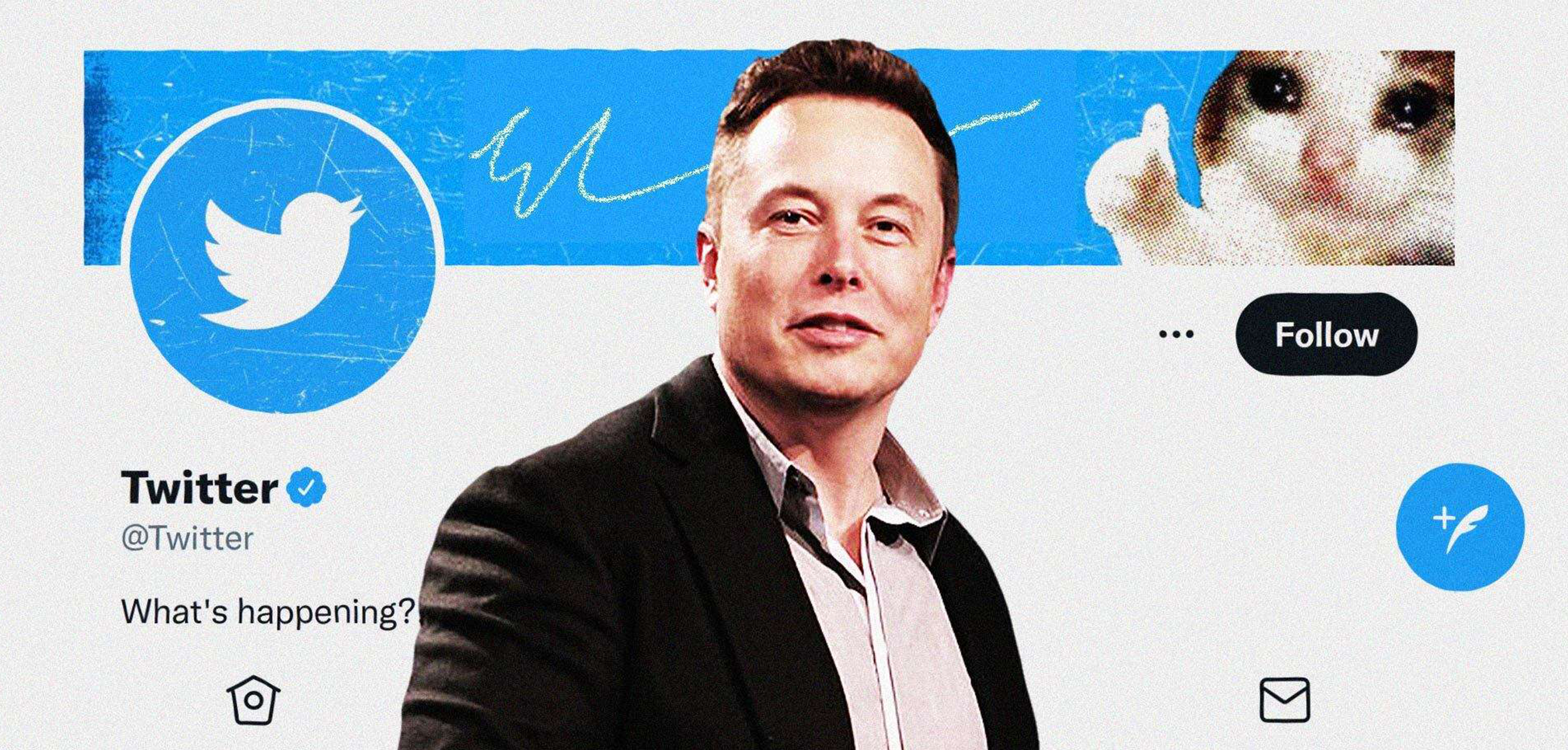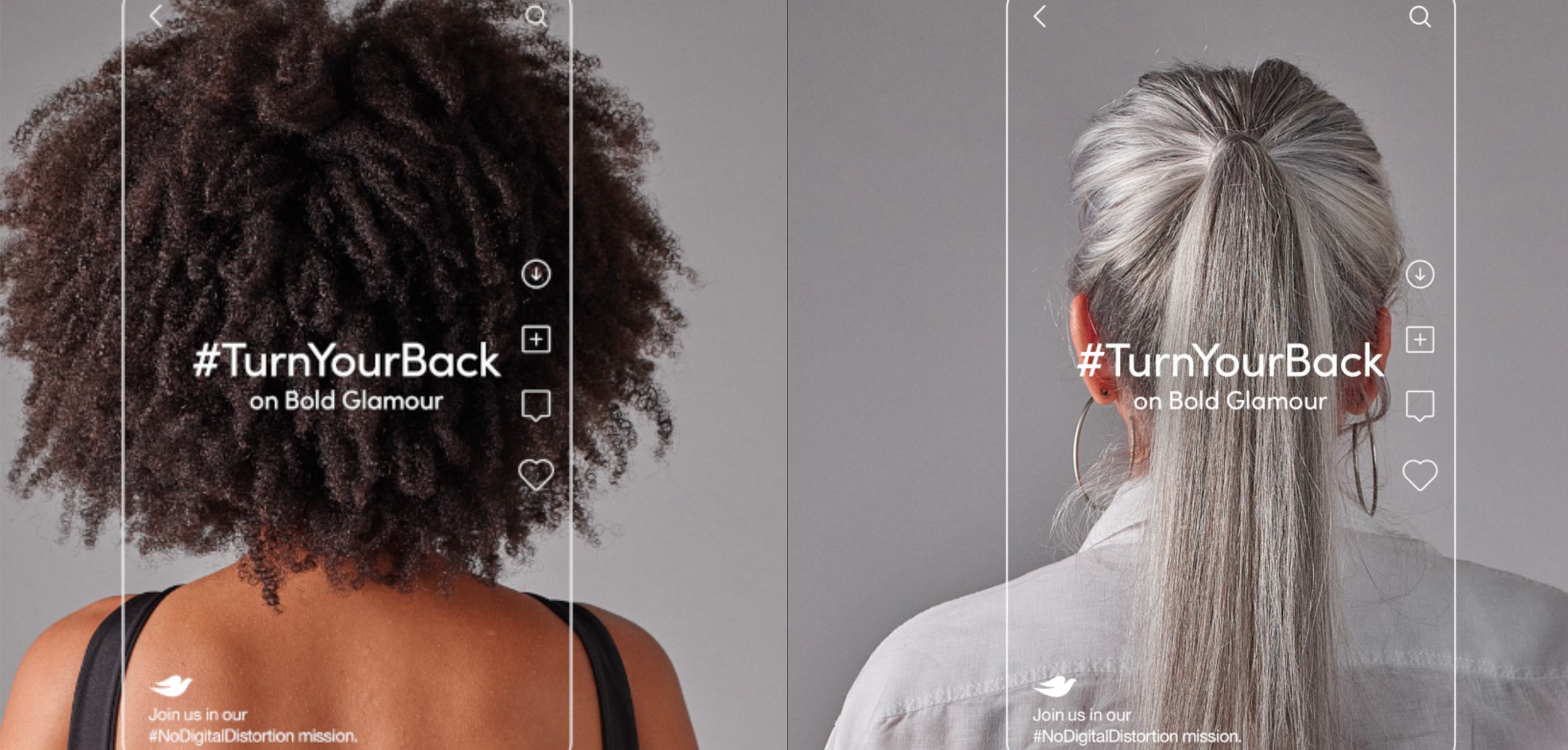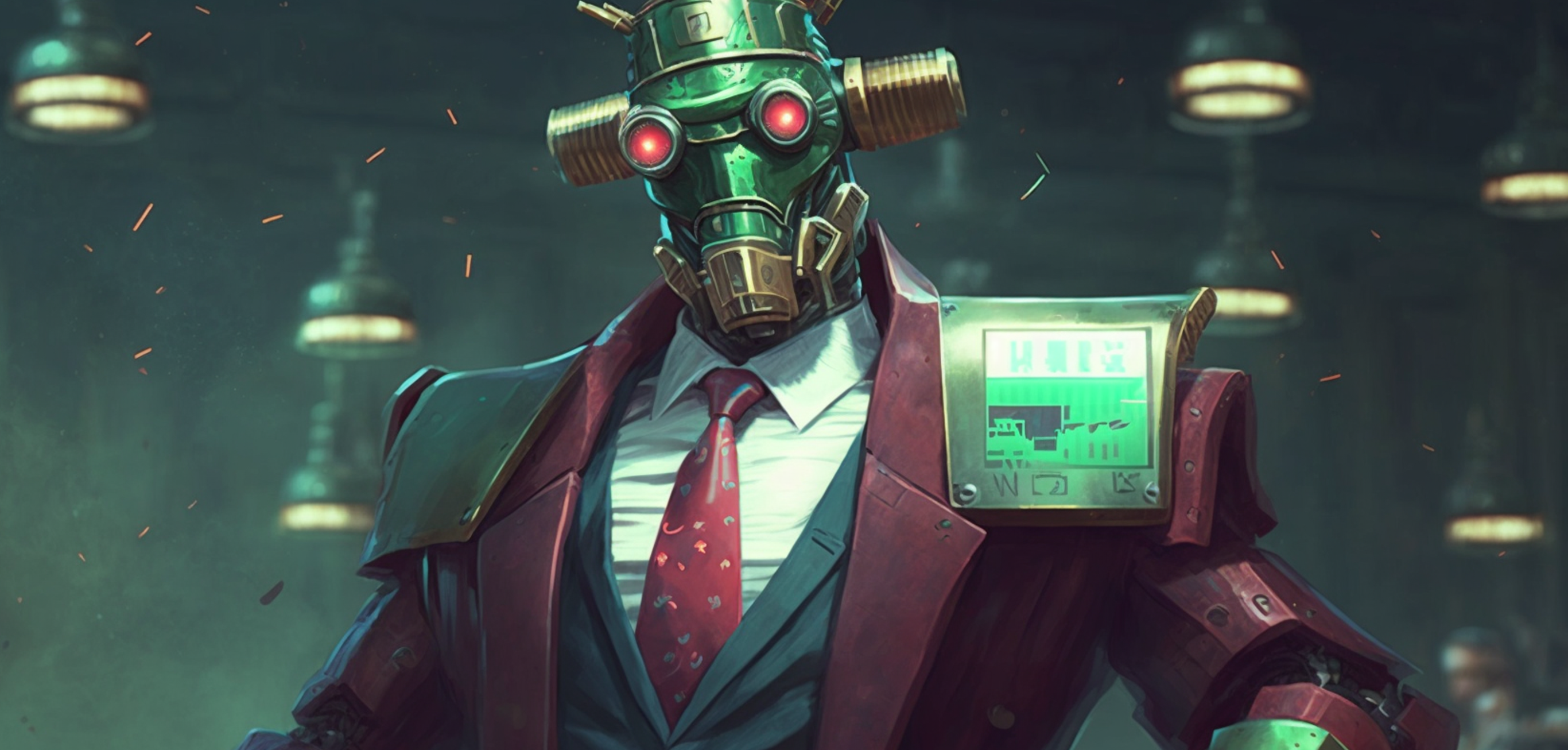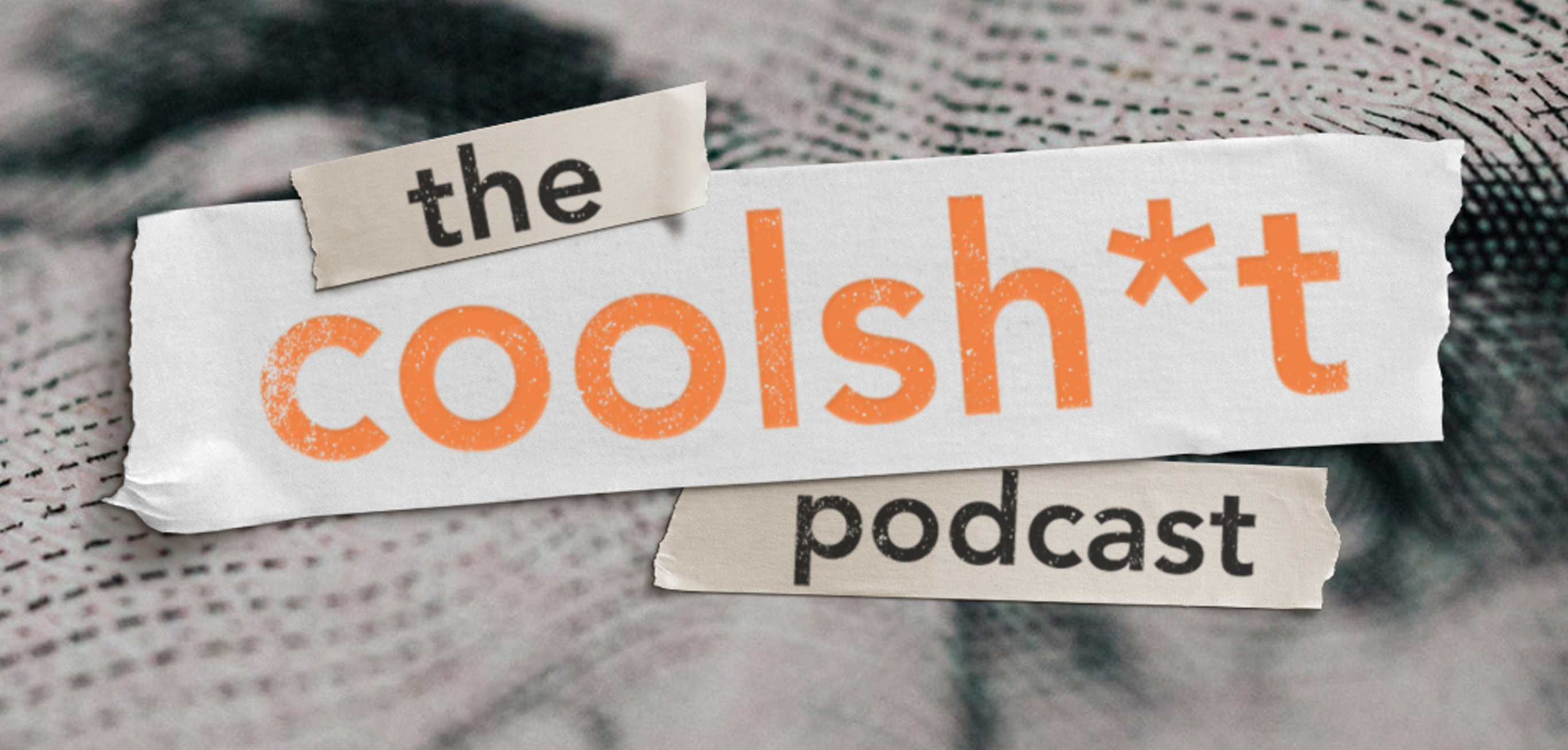Slaves to the Algorithm: Social Media & the Decay of the Developing Mind.
Our research shows that almost everybody thinks there’s a problem with social media dependence, but almost nobody thinks they personally have a problem. As with any addiction, denial is rife.
In our latest white paper we discuss the oppressive impact algorithms are having on the social, emotional and mental development of Next Gen audiences. And, more importantly, we look at the role brands and organisations can play to stimulate minds and encourage growth, while connecting more deeply with younger audiences and helping them break free from their algorithm.
We’ve chosen this week’s coolsh*t stories in line with the themes in the paper, so we would encourage to go read it before continuing. Get on it…
Read Our White Paper



